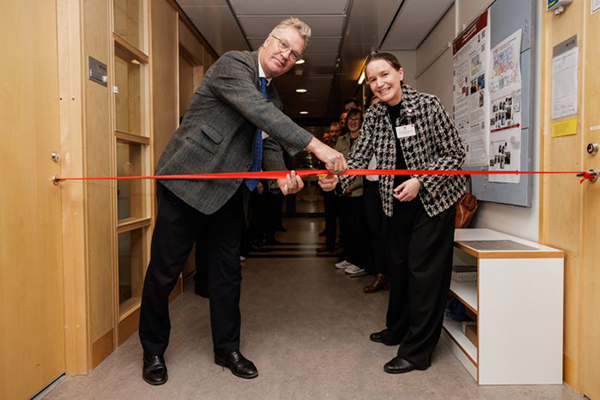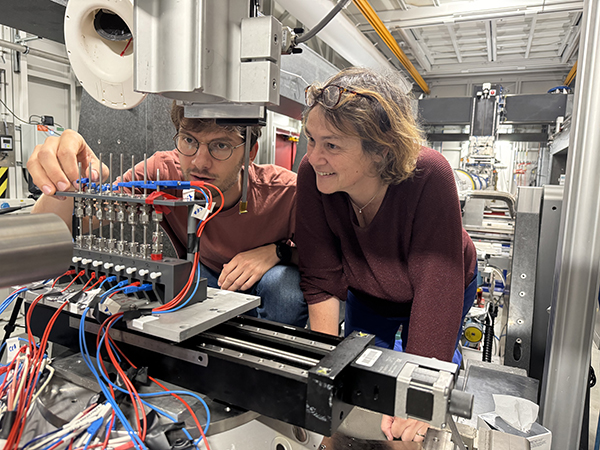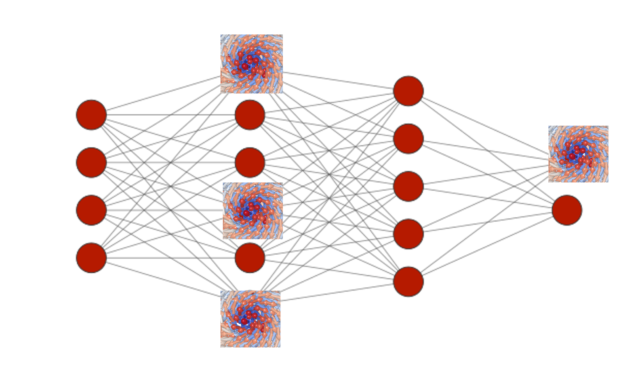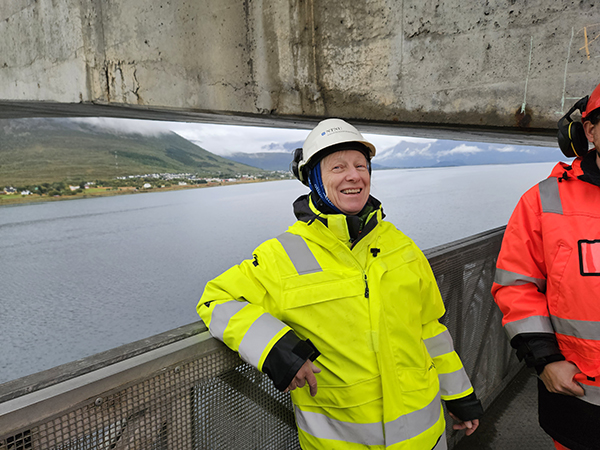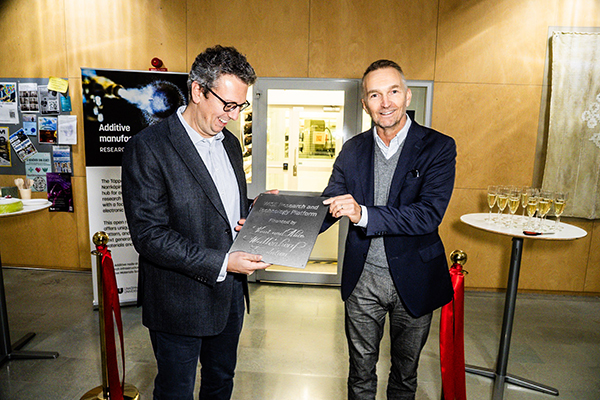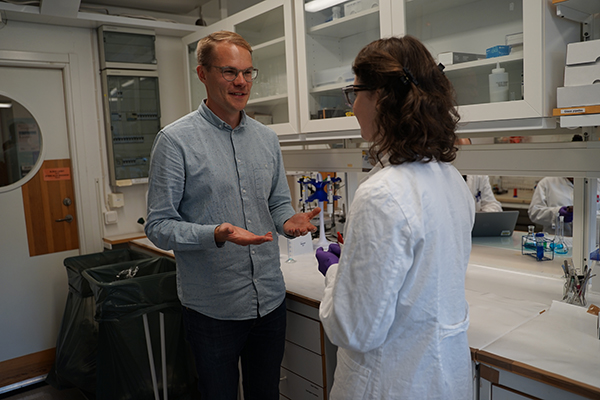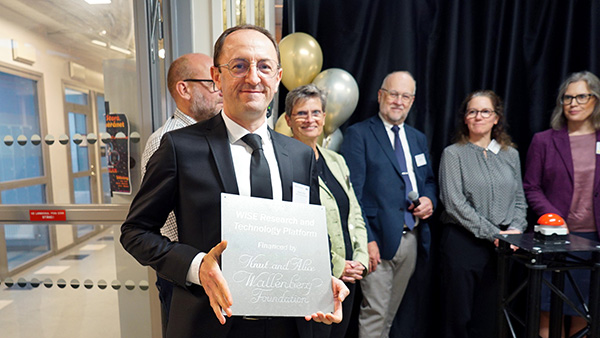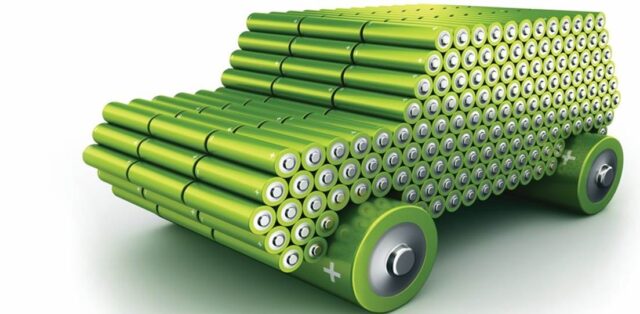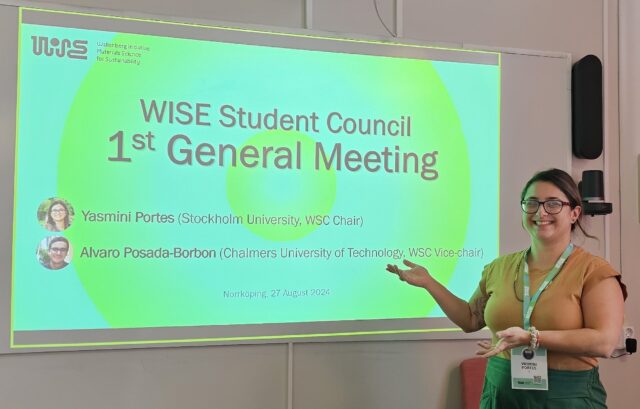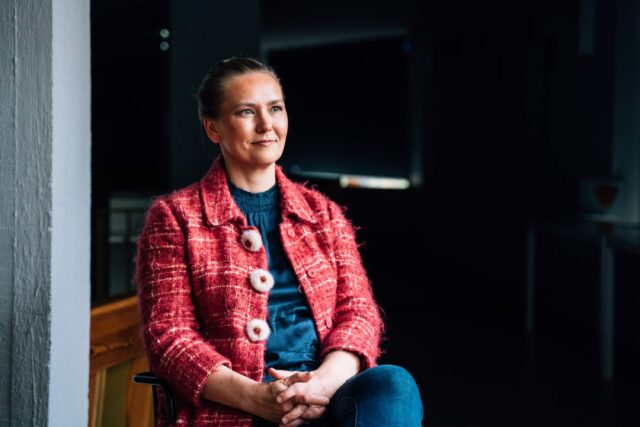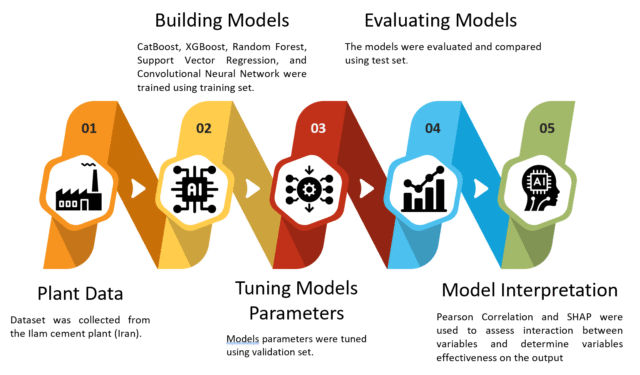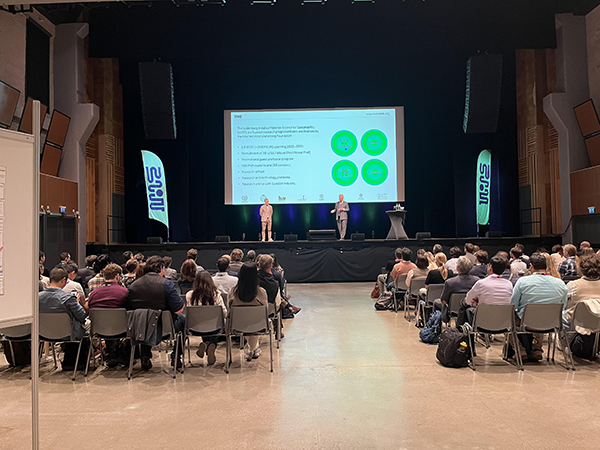WISE is delighted to welcome Professor Alexander Bismarck to the WISE Guest Professor (GP) program once again. Professor Bismarck leads the Polymer & Composite Engineering (PaCE) Group at the University of Vienna, Austria. He was among the first WISE Guest Professors appointed to the program in 2023 and now returns as part of the second wave of WISE Guest Professors, taking up the role at Luleå University of Technology (LTU).
—What are your current research field and main research activities?
In the PaCE Group, we focus on manufacturing and characterization of advanced materials such as fibre-reinforced high-performance (nano)composites, porous materials, and polymeric drag reducing agents (not sure what those are? Scroll to the end of the page). Our research focuses on the development of manufacturing processes for multifunctional composites for energy storage, fungal materials, and emulsion templating for the synthesis of porous polymers useful for process intensification.
One area of particular interest is structural supercapacitors, multifunctional materials that both carry mechanical loads and store electrical energy. Part of my research on supercapacitors is carried out in collaboration with Luleå University of Technology (LTU).
—What are the sustainability aspects of your research?
Renewable materials are at the core of my research. For all materials we develop, we emphasize on process intensification, that is, designing with less materials, considering manufacturing routes that consume less energy and are more efficient, while keeping recycling in mind.
Although we do not conduct life-cycle assessments ourselves, we collaborate closely with experts in the field to better understand material cycles. This helps us to reuse materials whenever possible, minimize waste, develop processes that emit less carbon dioxide, and make efficient use of available resources.
—How can Materials Science evolve to address sustainability and the climate change crisis?
I think it is important to observe and learn from nature. Nature does not waste. What one organism discards, another uses as energy. The key question for us is how we can minimize and reuse our own waste, how we can create more with less. Whenever possible, we should use organic and renewable materials, and we must understand the energy and carbon costs associated with manufacturing our products. These are the kinds of questions that materials science should focus on.
—What advice would you give to young researchers entering this area?
Be curious and willing to learn. Take inspiration from nature and be critical of what has been done before. We may not have always made the smartest choices in the past, and now is the time to rethink. Use AI wisely. It can be a powerful tool, but it also consumes tremendous amounts of energy.
And finally, collaborate and talk to others. Never think that you can achieve everything alone.
Brief bio:
- (2019-Present) Visting Professor at the Department of Chemical Engineering, Imperial College London, UK.
- (2012- Present) Professor of Materials Chemistry in the Institute of Materials Chemistry of the Faculty of Chemistry, University of Vienna, Austria.
- (2002-2012), Lecturer, Reader, Professor in the Department of Chemical Engineering, Imperial College London, UK.
- (2001-2002) R&D Engineer at Sulzer Innotec/Sulzer Composites, Winterthur, CH.
- (1999-2001) Postdoct at Department of Chemistry, University of Hull, UK.
- (1995-1999) PhD (Dr. rer. nat.) in Chemistry, Technical University of Berlin – Institute of Technical Chemistry, Macromolecular Chemistry Group.
Composite materials are made by combining two or more different materials with different properties that stay separate within the final structure. Together, they create a new material with improved properties that neither component has on its own
Polymeric drag reducing agents are high molecular weight polymer dissolved in a liquid to reduce the flow resistance in turbulent flow. The polymeric drag reducing agent changes the vortex cascade and the turbulent flow profile and reduces energy dissipation by turbulence. In applications polymeric drag reducing agents enable higher flow rates and/or decrease the energy expended in pumping.
Drag reduction (DR) denotes the phenomenon of reduced flow resistance in turbulent flow of liquids in the presence of drag reducing agents.


